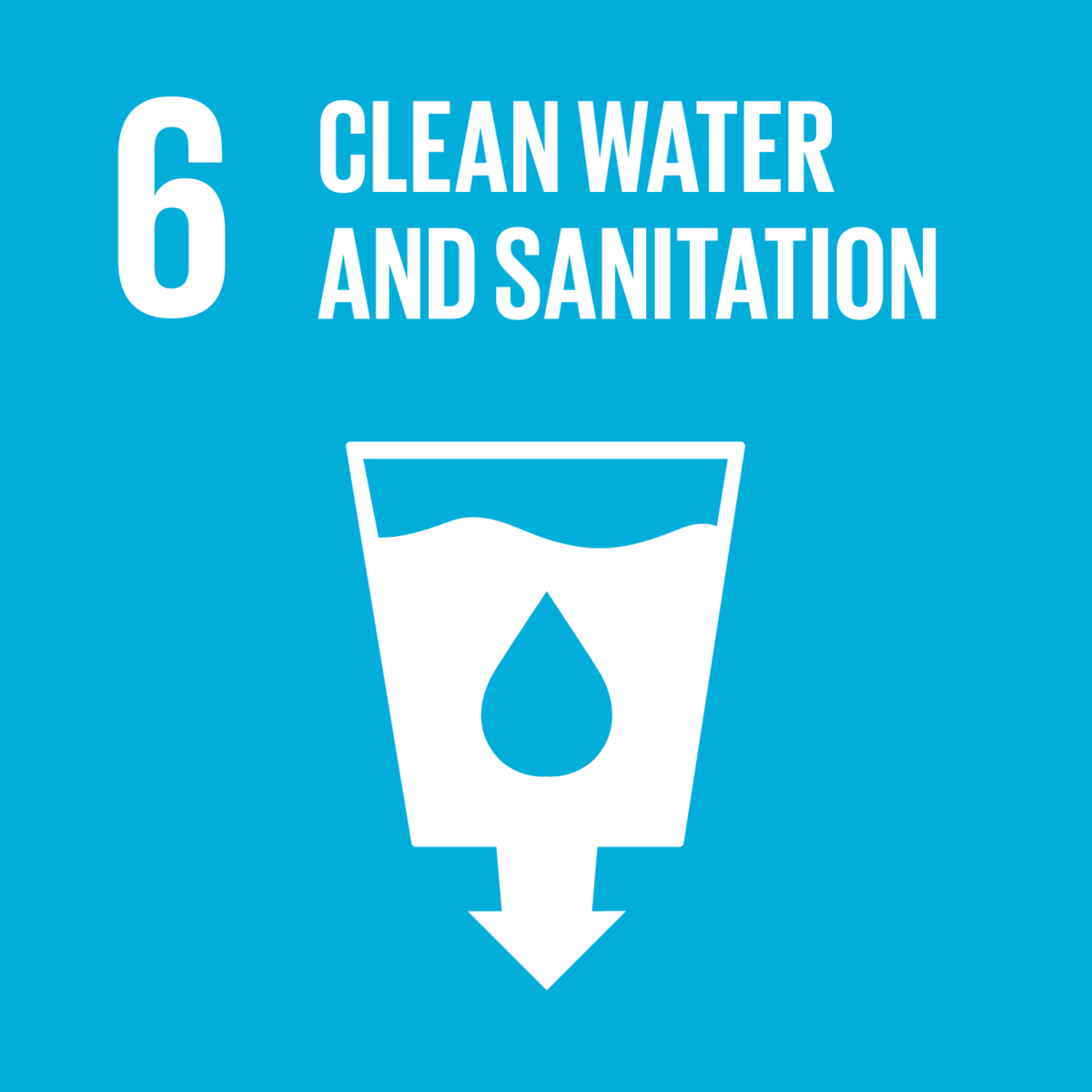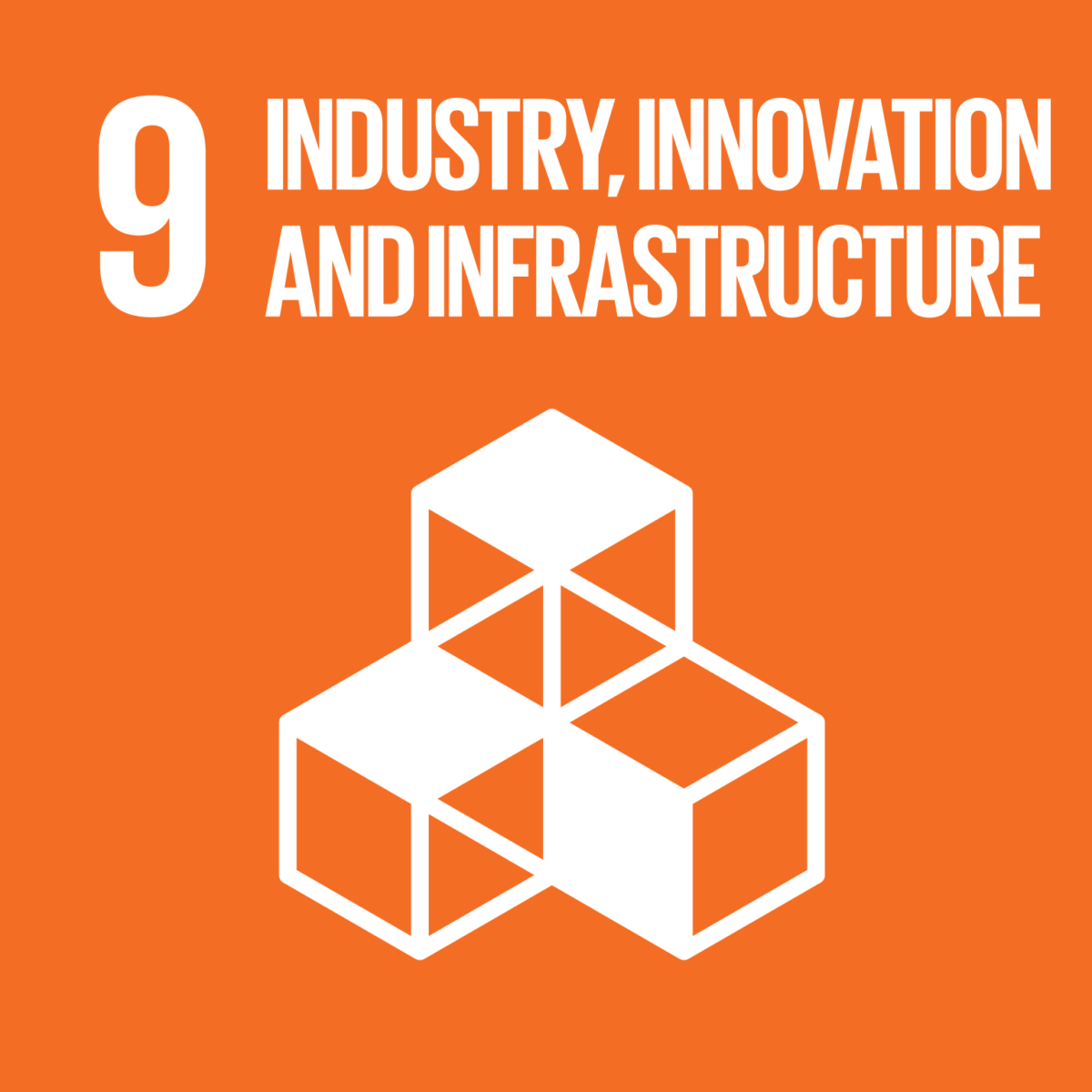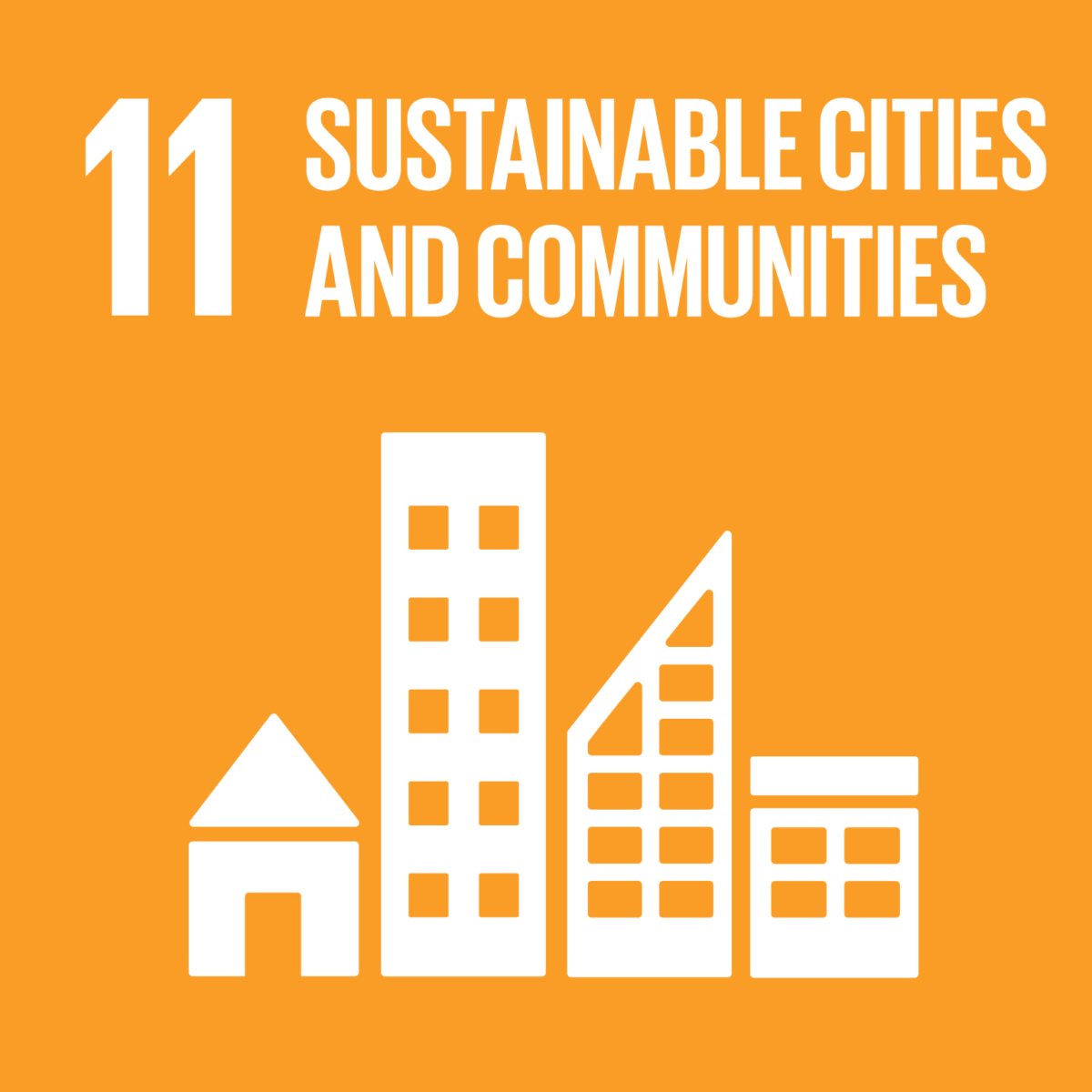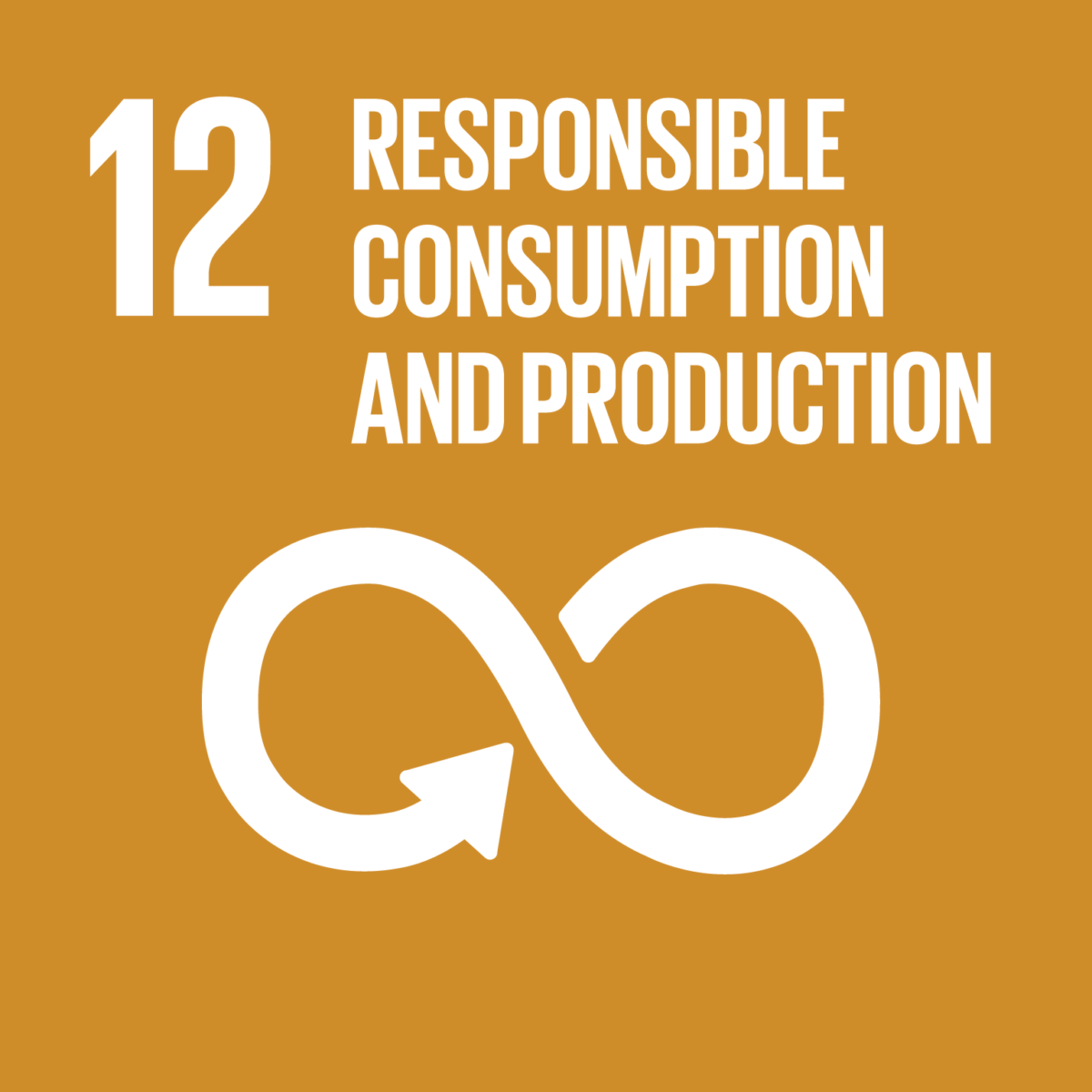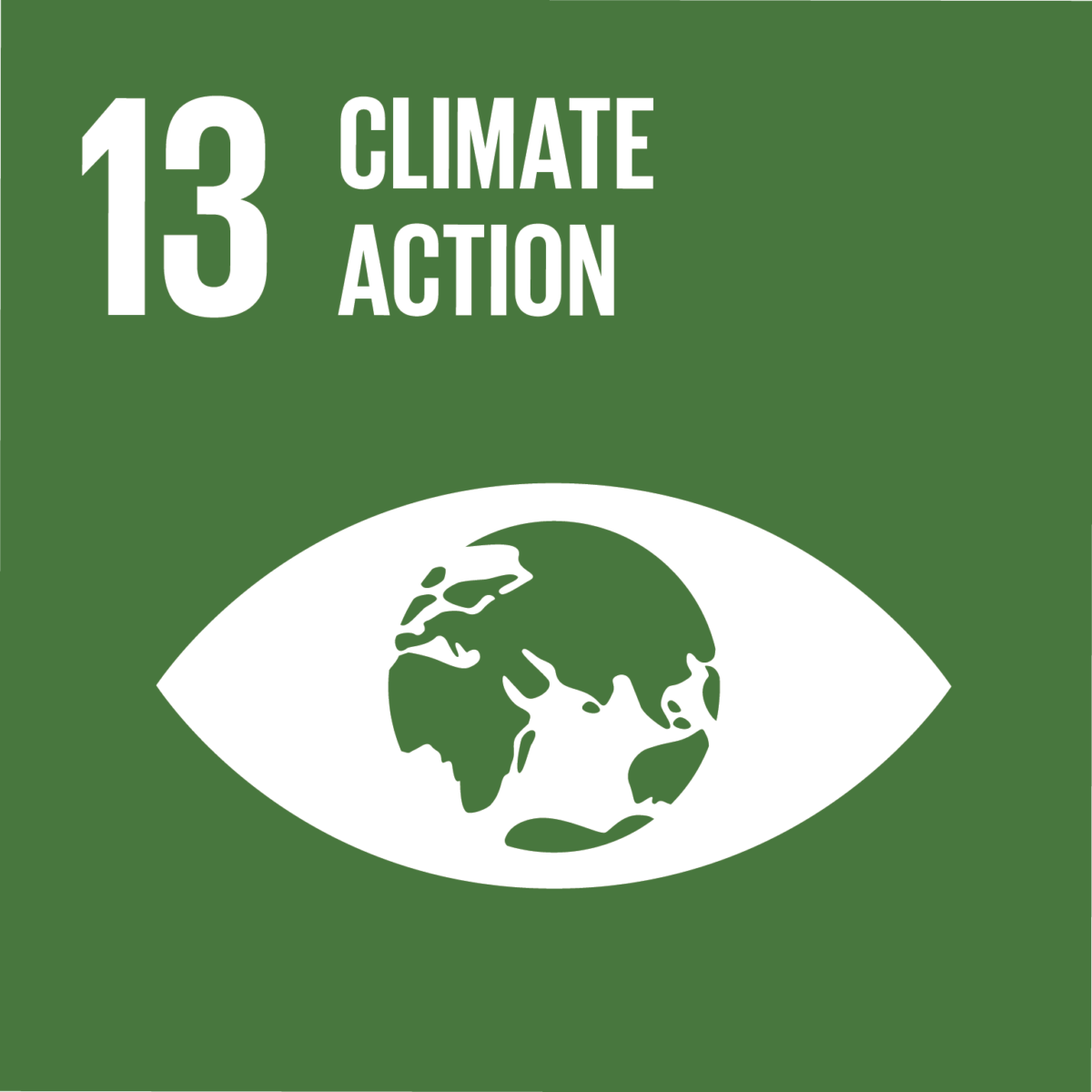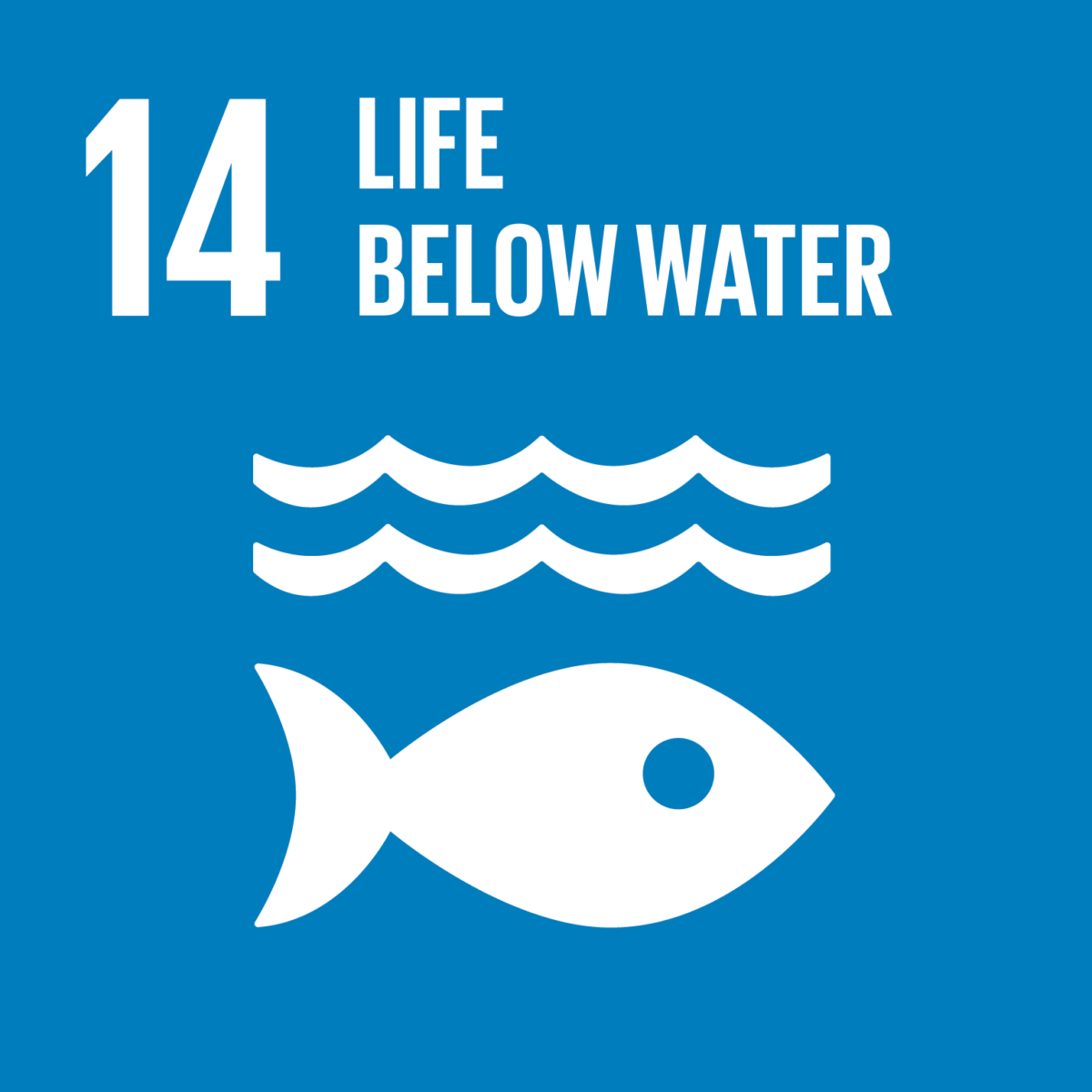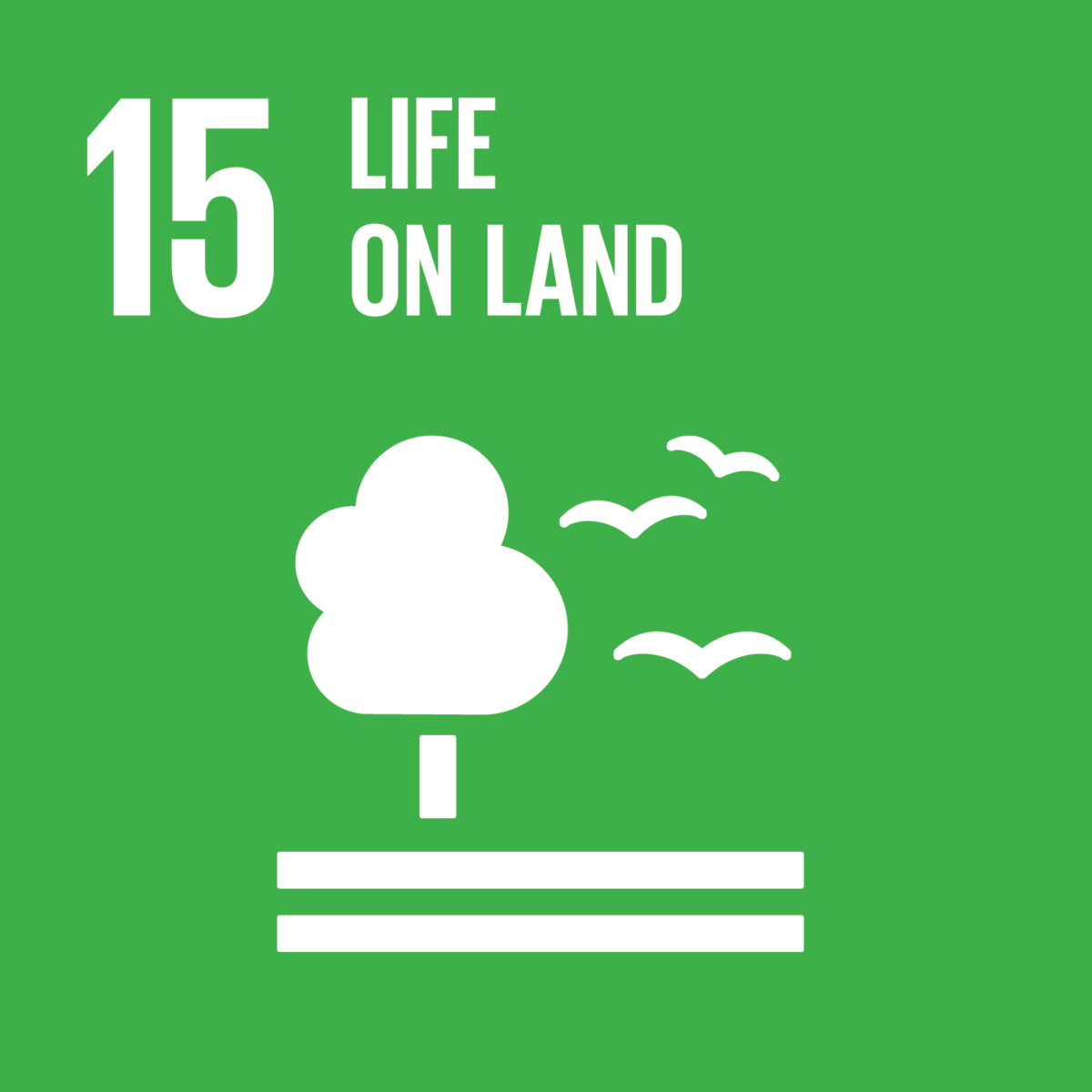Fine sediment: from waste to resource
Throughout the world, different coasts, shores, lakes and rivers have to deal with excess sediment or sediment shortages. The natural balance between the removal and deposition of sediment is disrupted by human interventions such as dams in a river or ports in an estuary. As a result, sediment doesn’t reach places where it is needed and too much accumulates in other locations. Ecosystems are affected and life becomes difficult for plants and animals. People are also pressured, for example in terms of food supplies, ports and leisure activities.
Too much fine sediment
Too much fine sediment has an adverse effect on water quality, and biodiversity is reduced as a result. In addition, sediment deposits in a river bed mean there is less room for water and so floods become more likely. Excess sediment also has economic consequences: ports and rivers get clogged up. The repetitive dredging of riverbeds, lakes and ports to accommodate ships is an expensive business.
Not enough fine sediment
In other places, often near locations with a sediment surplus, there is actually too little sediment. In coastal areas, the result is a reduction in flood protection levels because the sea removes more sediment than it deposits. On top of that, protective coastal vegetation such as mangroves cannot grow if there is not enough sediment. And sediment is also important to compensate for land subsidence. Land subsides due to factors like settlement and groundwater extraction. The lower the land in coastal areas, the higher the risk of flooding. At the same time, building material is required for land reclamation and dike construction in order to provide the growing urban population with new residential areas and to protect them from flooding.
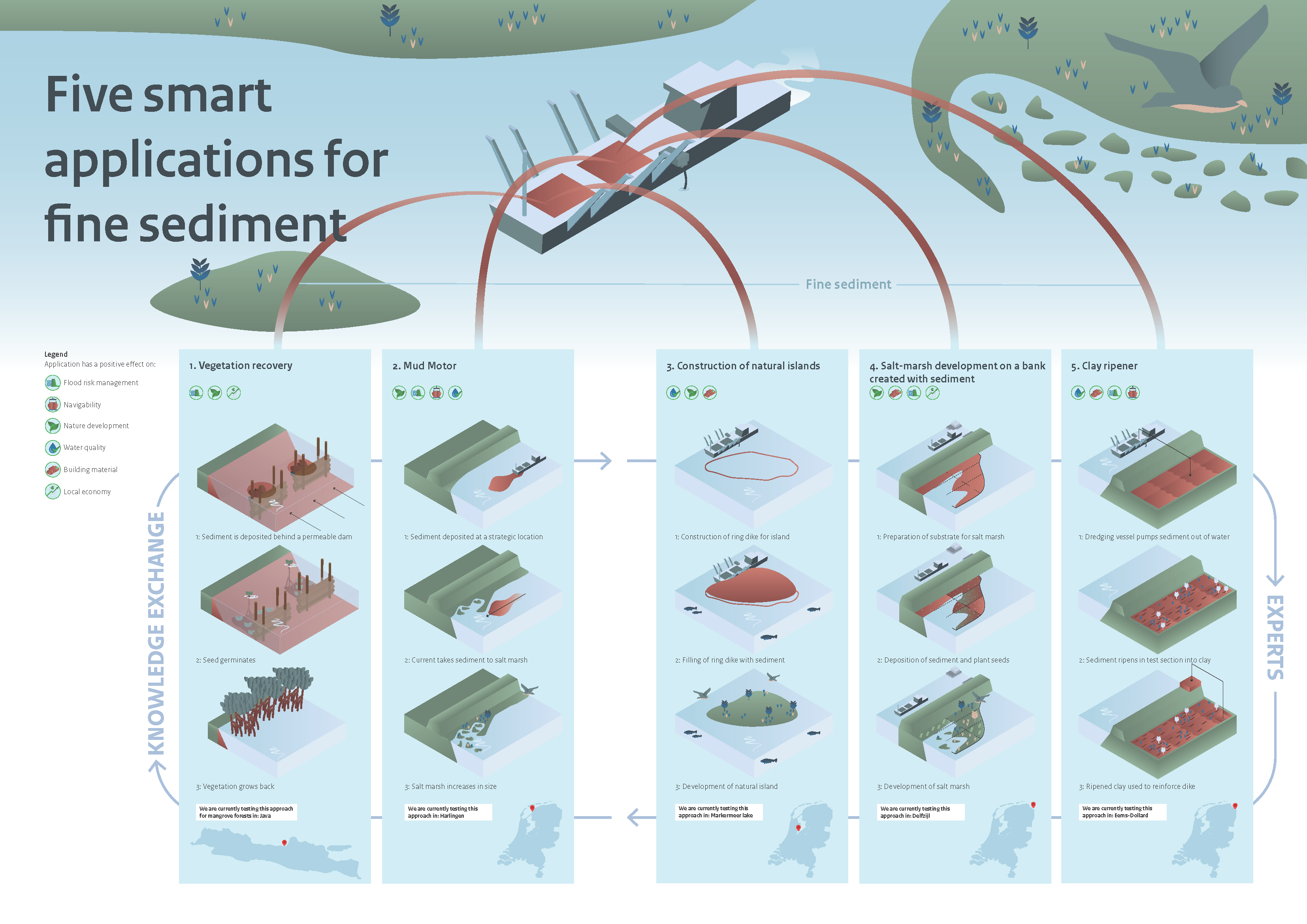
Win-win situation
Using the surplus fine sediment to resolve shortages in nearby locations allows us to tackle two problems at the same time. Fine sediment is valuable as a natural resource. Instead of discharging it at sea, we can use it sustainably and locally to
meet the needs of societies such as flood risk management, land reclamation and nature development. In this way, we transform sediment from waste into a resource and contribute to the circular economy.
Living Lab for Mud
In the Living Lab for Mud, we are developing and sharing knowledge about the sustainable use of fine sediment by means of pilot projects in which we are learning how to generate benefits for society, such as the restoration of ecosystems by capturing sediment and transforming sediment into a building material. We are also learning about how to use fine sediment for land reclamation or the development of salt marshes.
Building with Nature
We are applying the principle of Building with Nature in the pilot projects. That means we use natural processes in deltas such as currents, waves, the deposition and removal of sediment, and plant growth. The Netherlands can apply this knowledge both nationally and internationally: estuaries, coastal areas and inland waters elsewhere in the world are also facing the same problems with fine sediment.
Interested in working together?
In the Living Lab for Mud, EcoShape is working with national and international partners from universities, research institutions, governments and financiers. Are you also developing knowledge about the use of fine sediment? Do you want to share knowledge or do you have an idea for a new pilot project? Please feel free to contact EcoShape. EcoShape regularly organises meetings with experts to work together on knowledge development for the sustainable use of fine sediment.

